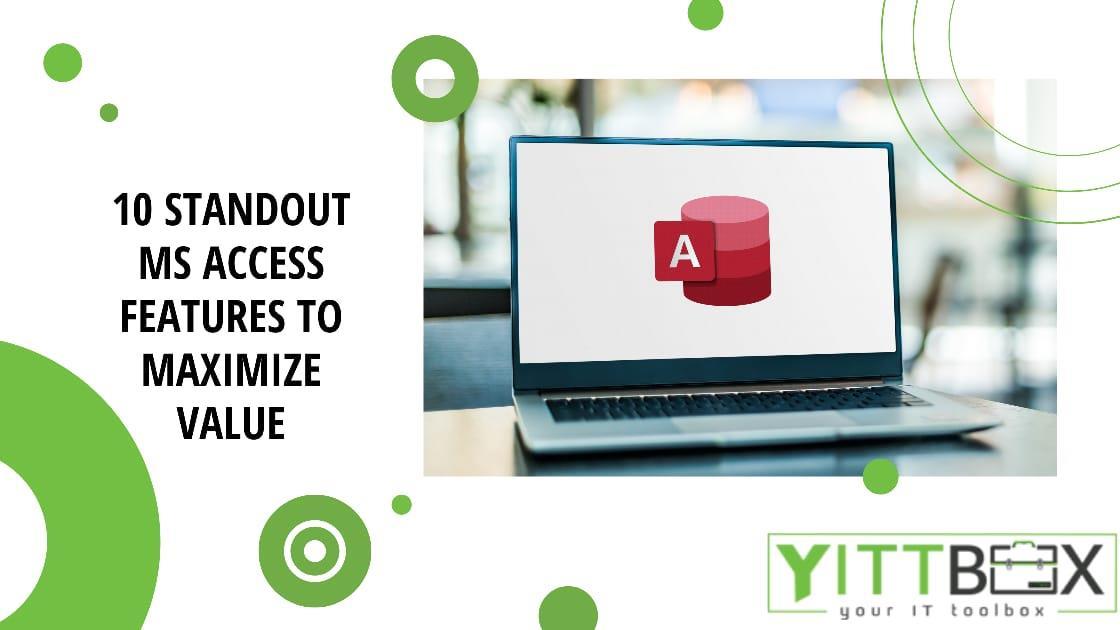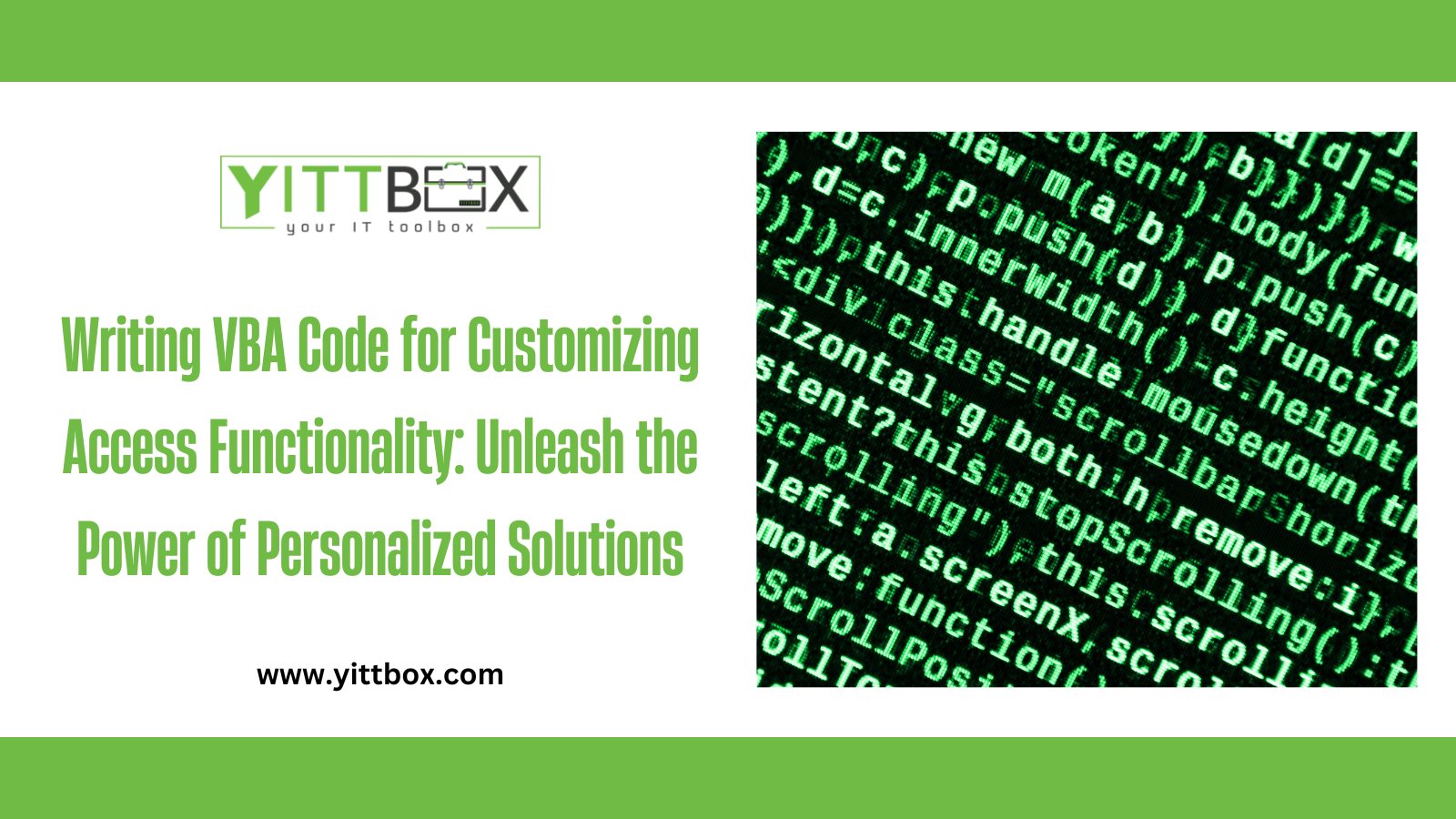Optimizing Power BI Performance: Best Practices for Faster Reports
Power BI is a powerful tool for data analysis and visualization, but to get the most out of it, ensuring that your reports are fast and responsive is crucial. Slow performance can frustrate users and hinder decision-making. In this blog, we will explore best practices for optimizing Power BI performance, helping you create faster, more efficient reports.
Understanding Power BI Performance
Before diving into optimization techniques, it's important to understand the factors that can affect Power BI performance. These include:
- Data Model Size: Larger data models require more memory and processing power, which can slow down your reports.
- Complexity of DAX Calculations: Complex DAX (Data Analysis Expressions) calculations can be resource-intensive and impact performance.
- Data Source Performance: The speed of your data sources (e.g., SQL databases, cloud services) can significantly affect report performance.
- Visualization Design: The number and type of visuals, as well as how they are configured, can impact performance.
Best Practices for Optimizing Power BI Performance
1. Optimize Data Model
One of the most effective ways to improve Power BI performance is to optimize your data model. Here are some tips:
a. Remove Unnecessary Columns and Rows
Eliminate any columns and rows that are not needed for your analysis. This reduces the size of your data model and speeds up processing.
b. Use Aggregations
Aggregations allow you to pre-calculate and store summarized data. This can significantly reduce the amount of data that needs to be processed when generating reports.
c. Implement Star Schema
Using a star schema for your data model can improve performance. A star schema organizes data into fact tables and dimension tables, making it easier and faster to query.
2. Optimize DAX Calculations
Efficient DAX calculations are key to improving Power BI performance. Here are some tips:
a. Use Measures Instead of Calculated Columns
Measures are calculated at query time and are generally faster than calculated columns, which are calculated during data load.
b. Avoid Using Iterator Functions
Iterator functions like SUMX and FILTER can be slow because they process data row by row. Try to use aggregations like SUM and AVERAGE instead.
c. Use Variables
Using variables in DAX can improve performance by reducing the number of calculations performed. Variables store the result of a calculation and reuse it, instead of recalculating each time.
3. Optimize Data Sources
The performance of your data sources directly affects Power BI performance. Here are some tips:
a. Use Query Folding
Query folding pushes transformations back to the data source, allowing the source to perform the heavy lifting. This can significantly improve performance.
b. Use DirectQuery Mode
For large datasets, consider using DirectQuery mode instead of Import mode. DirectQuery retrieves data directly from the data source at query time, reducing memory usage.
c. Optimize Queries
Ensure that your queries are efficient. Use indexes, avoid complex joins, and reduce the amount of data retrieved by filtering at the source.
4. Optimize Visualizations
Visualizations are at the heart of Power BI reports, but they can also impact performance. Here are some tips:
a. Limit the Number of Visuals
Too many visuals on a single report page can slow down performance. Try to limit the number of visuals and avoid unnecessary ones.
b. Simplify Visuals
Complex visuals with many data points can be slow to render. Simplify your visuals by reducing the number of data points displayed.
c. Use Appropriate Visual Types
Choose the right visual type for your data. Some visuals, like tables and matrices, can be slower to render with large datasets. Use charts and graphs when possible.
5. Monitor and Diagnose Performance
Regularly monitor and diagnose performance issues to keep your Power BI reports running smoothly. Here are some tips:
a. Use Performance Analyzer
Power BI's Performance Analyzer tool helps you identify performance bottlenecks in your reports. Use it to analyze the performance of individual visuals and optimize them.
b. Monitor Dataset Refreshes
Large dataset refreshes can impact performance. Monitor your refresh schedules and optimize them to avoid performance degradation.
c. Use Power BI Service Metrics
The Power BI service provides metrics that can help you monitor performance. Use these metrics to identify and address performance issues.
Conclusion
Optimizing Power BI performance is essential for creating fast and responsive reports that enhance the user experience and facilitate better decision-making. By following best practices for data modeling, DAX calculations, data sources, and visualizations, you can significantly improve the performance of your Power BI reports.
Regular monitoring and performance diagnostics are also crucial to maintaining optimal performance. By leveraging tools like Performance Analyzer and Power BI service metrics, you can proactively identify and address performance bottlenecks.
Start implementing these best practices today to take your Power BI reports to the next level and ensure that your users have the best possible experience.







